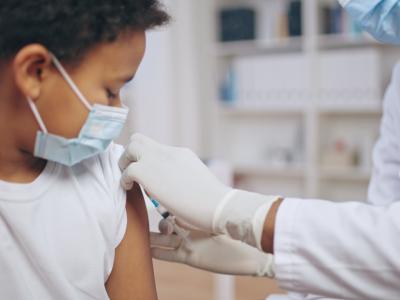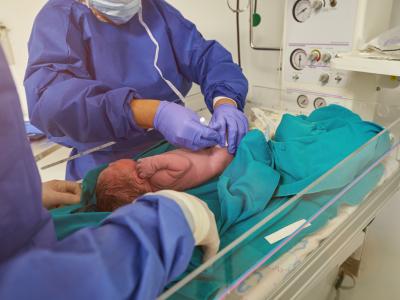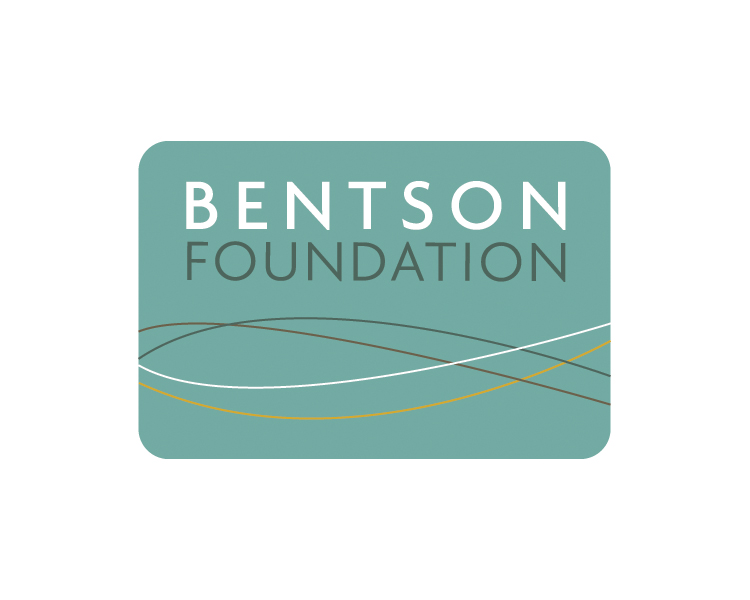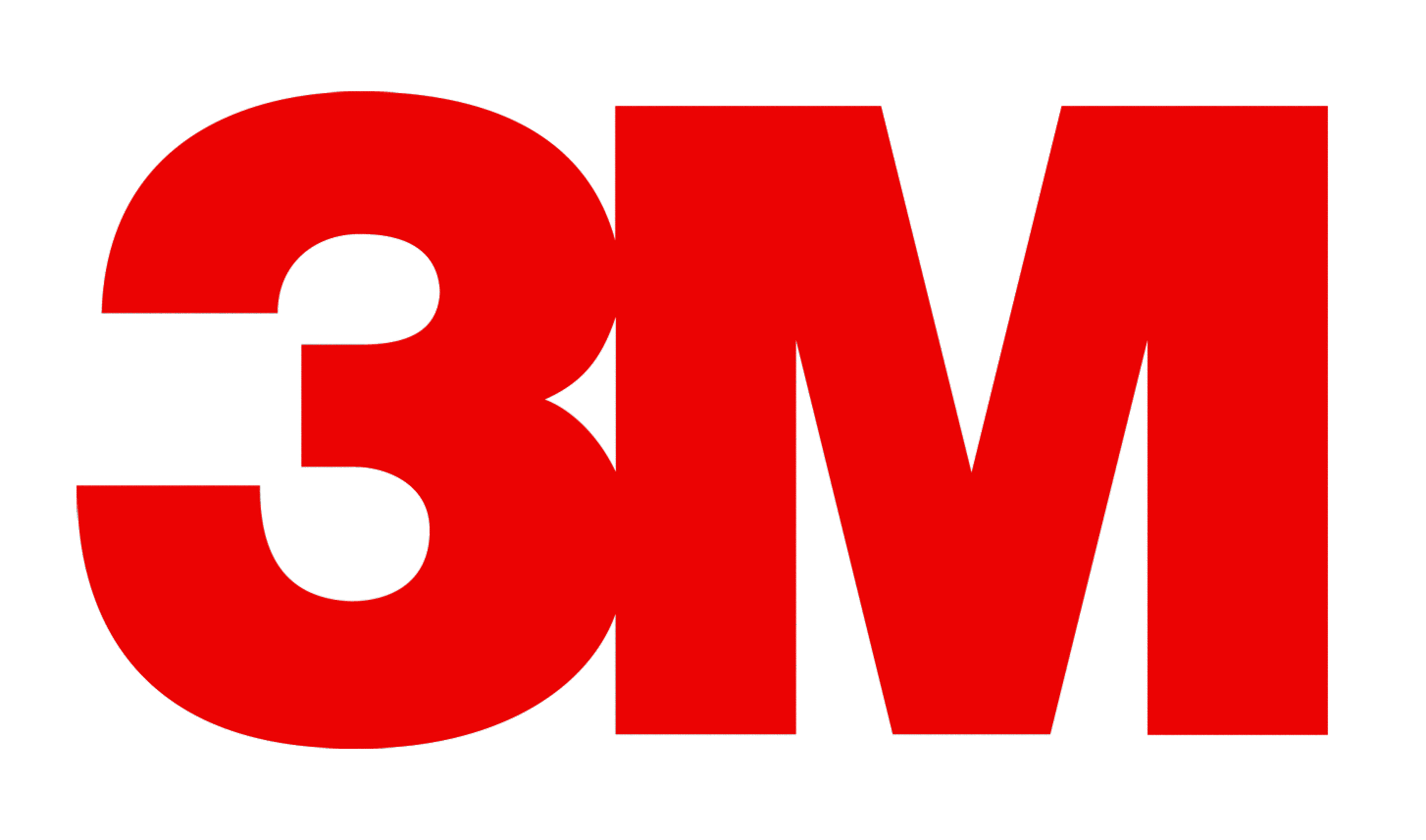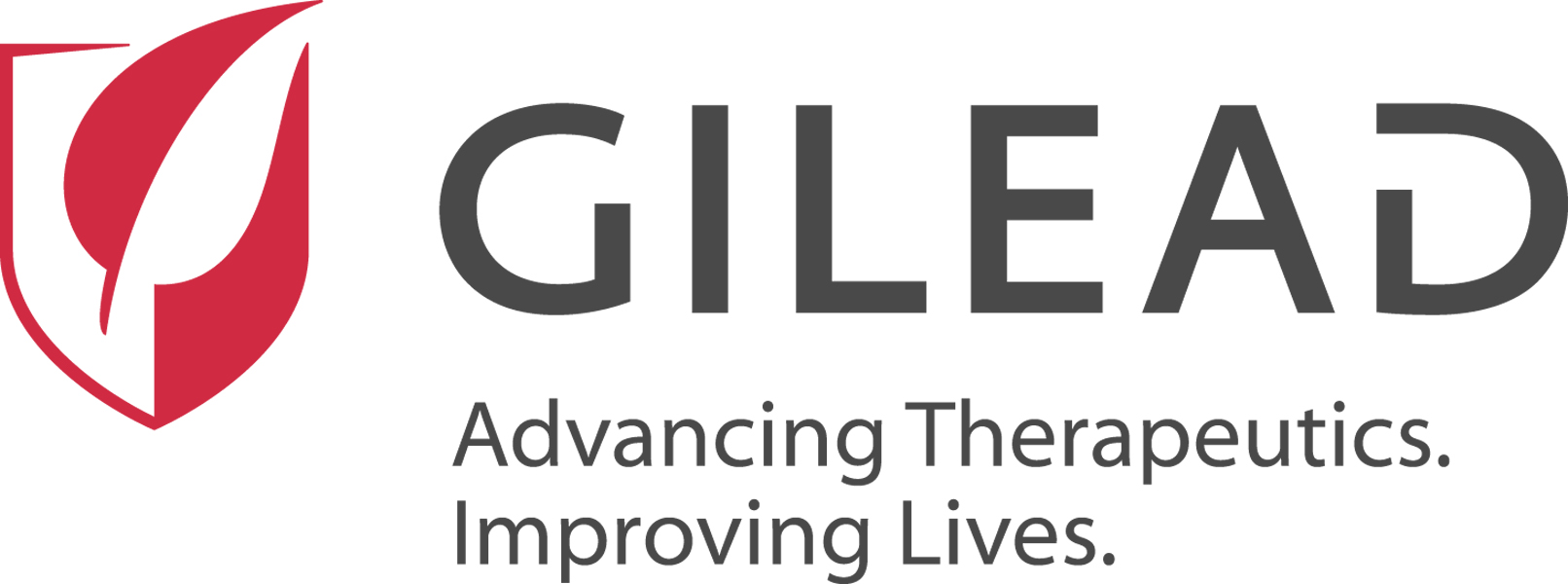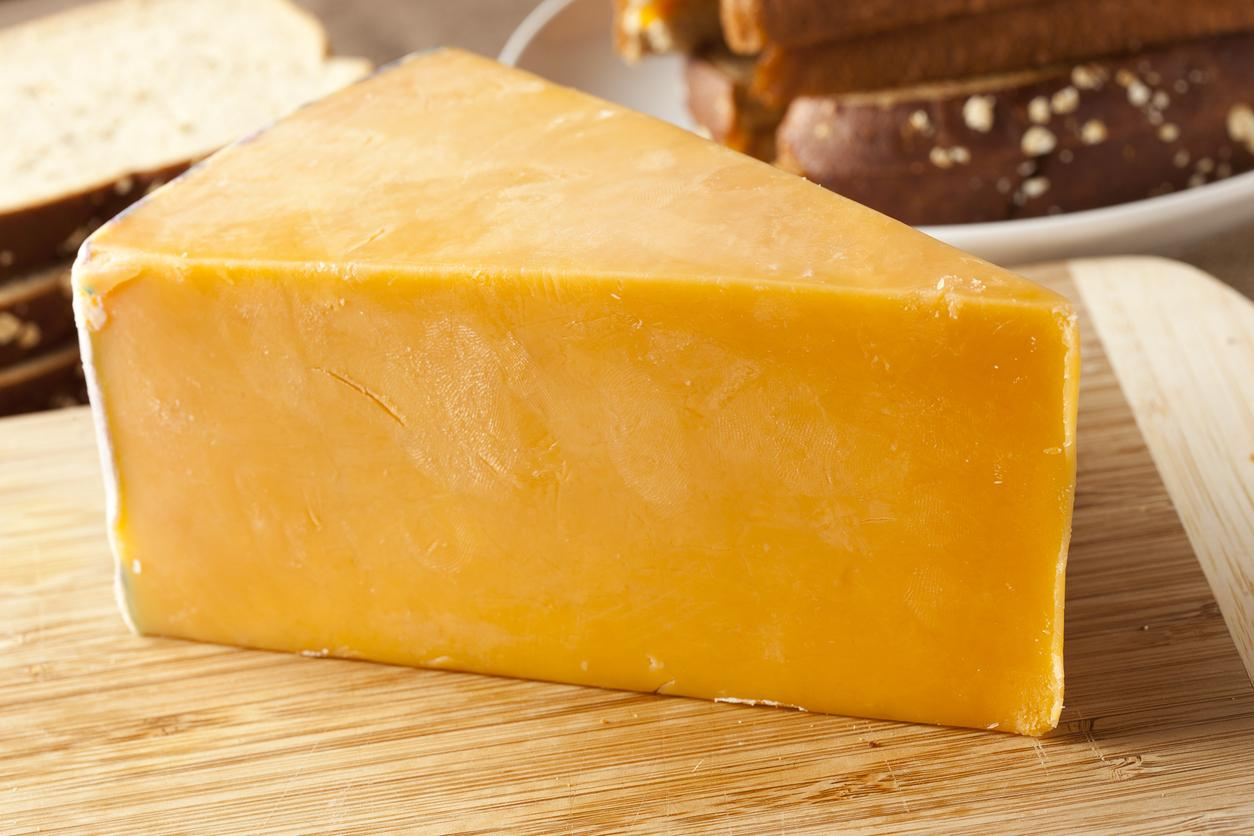
Infectious H5N1 avian influenza virus can persist in raw-milk cheeses while they are being made and for up to 120 days of aging, depending on the milk's acidity (pH) level, according to a report published yesterday in Nature Medicine.
"Highly pathogenic avian influenza H5N1 viruses have recently spread to dairy cattle, with high levels of virus detected in milk from affected animals, raising concern about the risk posed by unpasteurized dairy products consumed by humans," wrote the Cornell University–led research team.
The investigators assessed H5N1 viral persistence in raw-milk cheeses made with milk acidified to pH levels of 6.6, 5.8, and 5.0 (the lower the pH, the higher the acidity) and spiked with H5N1 virus before cheese making. They validated their findings in commercial raw-milk cheeses inadvertently containing naturally contaminated raw milk and fed the raw milk and cheese to ferrets to evaluate virus infectivity.
Current regulations insufficient for H5N1
Viral survival depended on the pH level of the raw milk, with infectious virus persisting throughout the cheese-making process and for up to 120 days of aging in cheeses made with raw milk at pH levels of 6.6 and 5.8 but not 5.0.
The current regulation requiring 60-day aging of raw-milk cheese before marketing proves insufficient to achieve HPAI H5N1 virus inactivation and guarantee cheese safety.
Of note, while ferrets fed H5N1 virus–contaminated raw milk became infected with H5N1, those fed raw-milk cheese or a cheese suspension didn't.
The researchers said the lack of infection after cheese consumption may be attributable to the potentially higher oral infectious dose of H5N1 virus in solids versus liquids or ferrets' tendency to swallow small pieces of cheese whole, potentially limiting viral contact and exposure to the oropharynx. The lack of infection in ferrets fed cheese suspension can likely be attributed to lower infectious H5N1 virus levels in these samples.
"The current regulation requiring 60-day aging of raw-milk cheese before marketing proves insufficient to achieve HPAI H5N1 virus inactivation and guarantee cheese safety," the authors concluded. "Implementing additional mitigation steps, such as testing of raw-milk bulk tanks or using milk pasteurization, thermization or acidification before cheese making, becomes crucial to ensure food safety."

